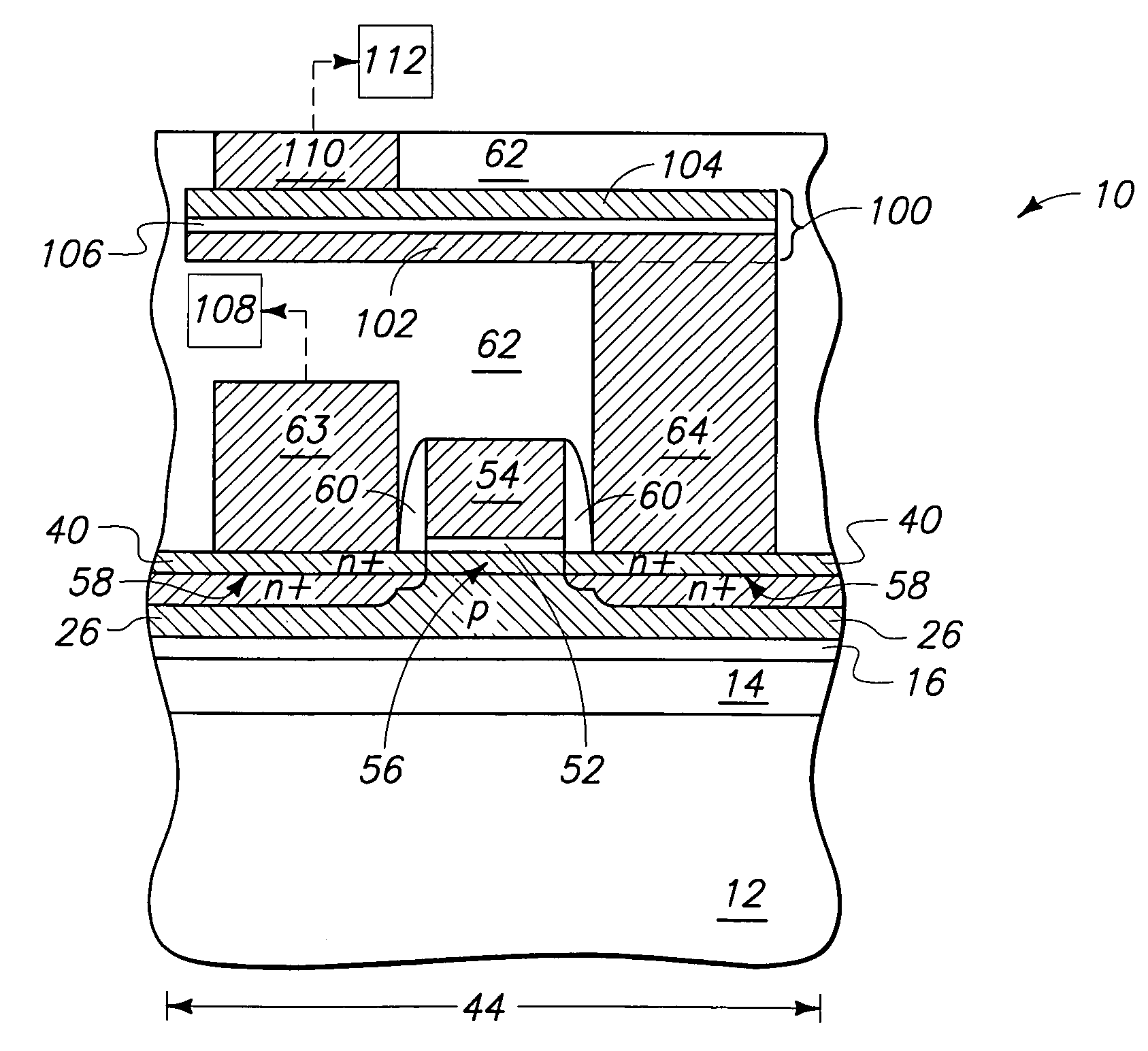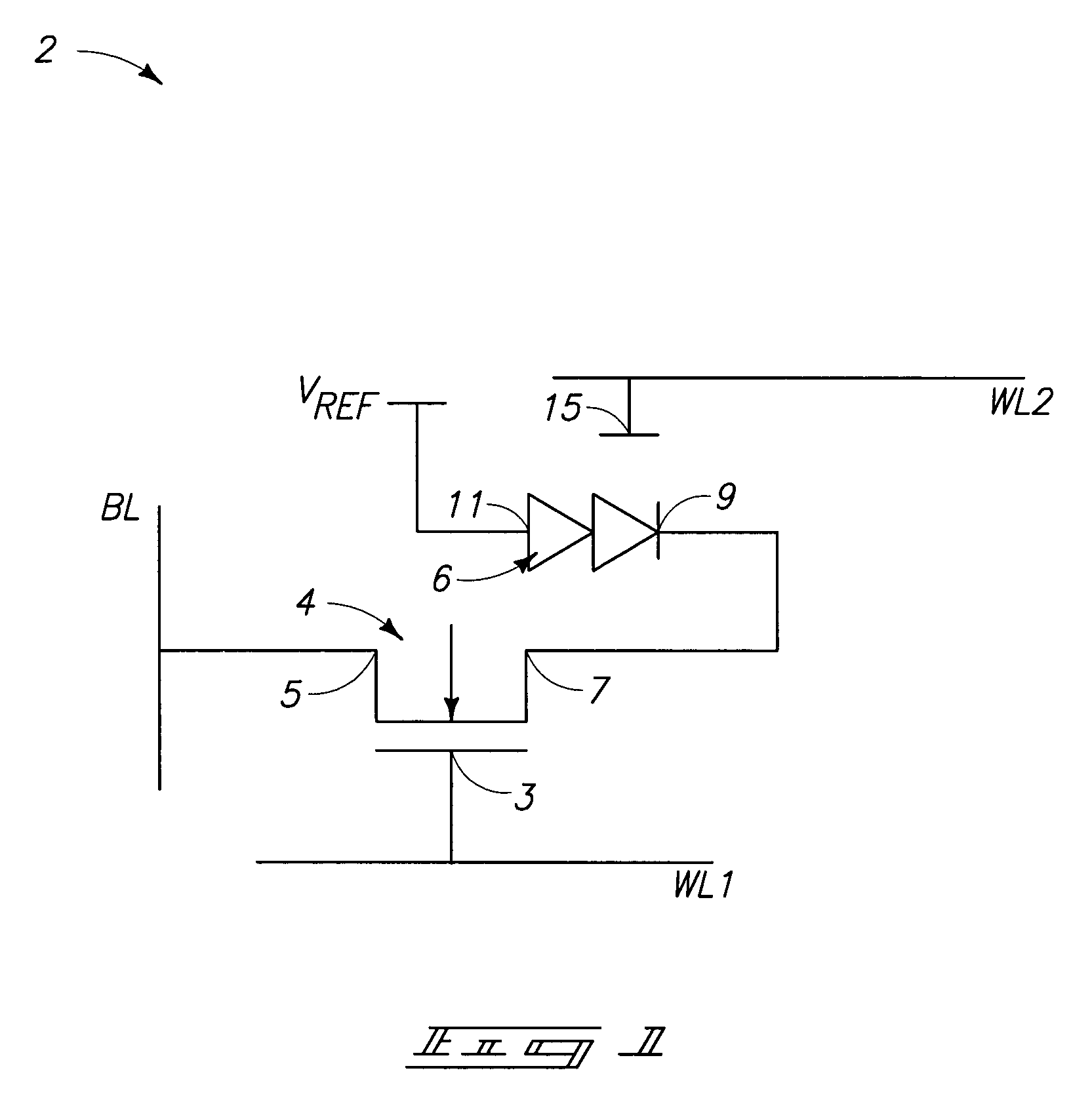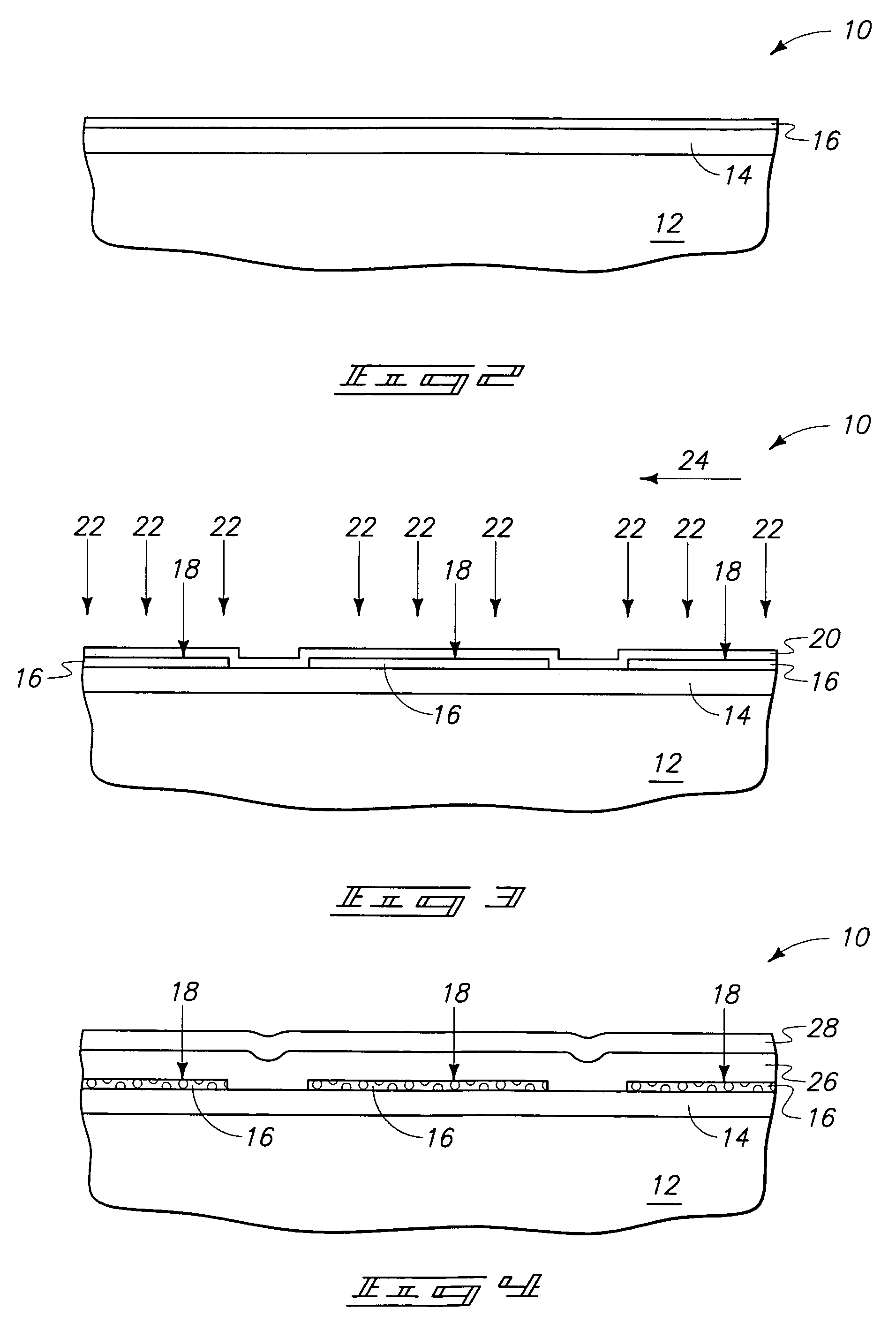Methods of forming devices, constructions and systems comprising thyristors
a technology of thyristors and forming devices, applied in the field of integrated circuits, can solve the problems of limited performance of tfts, limited carrier mobilities, high power consumption, etc., and achieve the effects of accurate control, fast sram-like performance, and enhanced density of memory cells
- Summary
- Abstract
- Description
- Claims
- Application Information
AI Technical Summary
Benefits of technology
Problems solved by technology
Method used
Image
Examples
Embodiment Construction
[0038]The present invention pertains to memory devices comprising transistors and thyristors. In particular aspects, the present invention pertains to a one-device equivalent gated lateral thyristor-based SRAM (GLTRAM) cell. The GLTRAM cell includes an access transistor and an integrated, gate-assisted lateral thyristor. The geometry of the lateral thyristor can be accurately controlled to provide a lower stored charged volume. Additional, the geometry of the gate-assisted lateral thyristor is capable of being tailored to reduce carrier transit time, which can provide faster performance and improve gate-assisted turn-off characteristics of the thyristor.
[0039]FIG. 1 illustrates a circuit schematic of an exemplary GLTRAM cell 2. Cell 2 includes an access transistor 4 and a thyristor 6. Access transistor 4 can be, for example, an NFET transistor. Thyristor 6 is illustrated as a p+ / n / p / n+ thyristor (specifically, it is illustrated as two diodes in the shown schematic diagram). One defi...
PUM
 Login to View More
Login to View More Abstract
Description
Claims
Application Information
 Login to View More
Login to View More - R&D
- Intellectual Property
- Life Sciences
- Materials
- Tech Scout
- Unparalleled Data Quality
- Higher Quality Content
- 60% Fewer Hallucinations
Browse by: Latest US Patents, China's latest patents, Technical Efficacy Thesaurus, Application Domain, Technology Topic, Popular Technical Reports.
© 2025 PatSnap. All rights reserved.Legal|Privacy policy|Modern Slavery Act Transparency Statement|Sitemap|About US| Contact US: help@patsnap.com



